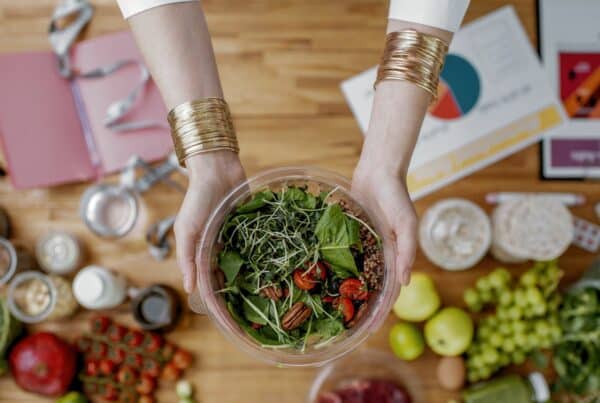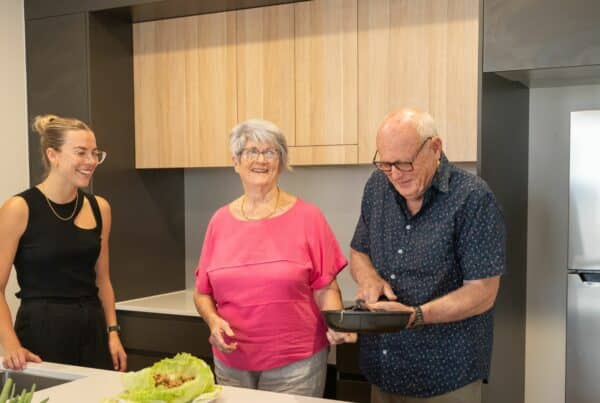Throughout the “golden years,” healthy nutrition is as imperative as ever. Many older Australians become malnourished because of a variety of factors and therefore it is important that you, or your loved one seek professional help in improving nutrient intake for the elderly years.
Here are our top tips for helping an elderly person improve their diet!
Malnutrition and the Elderly
Whilst many adults focus their diets around preventing disease or trying to lose weight, elderly people can face many different problems regarding their nutrition intake. For our elderly population, it’s a tricky juggling act of not eating too much but still getting enough important nutrients in their diet. Needless to say, attaining the necessary nutrients (fibre, protein, vitamins, hydration and minerals) can be more difficult for the elderly.
The Factors Contributing to this Problem
There are many factors which create malnutrition for the elderly, including:
- Lack of appetite. Older adults are more susceptible to losing their appetites for many reasons, such as taking certain medications, an existing medical condition or a mental health problem.
- Diminished sense of taste and/or smell. Many of the medications taken by older adults, as well as their conditions, can reduce the sense of taste and smell, making it unpleasant or difficult to eat.
- Problems with chewing and/or swallowing. Dental problems amongst the elderly can cause difficult chewing and swallowing which can lead to a nasty cycle of malnutrition.
Tips for Improving Nutrient Intake
There are many practical ways in which you can assist an older loved-one in attaining the nutrition they require. The first and most important thing to do is consult a doctor, who may be able to diagnose a pre-existing medical condition and/or provide references to a dietitian, who will create a personalised eating plan for your loved-one.
The following are some daily tips you can utilise to improve your loved-one’s nutrition intake.
Make Snacks and Meals Nutrient-Dense
Make nutrient-dense foods the primary focus of the meal. For example, instead of a plain chicken-flavoured soup, why not make a hearty chicken and vegetable broth? Stews, casseroles and roasts also make for nutritious meals.
Provide Extra Calories Without Adding to the Volume
Select foods that provide extra calories however don’t add to much volume to the meal itself, including:
- Extra gravies, sauces and grated cheeses, added to side dishes and entrees
- Add powdered skim milk into drinks and cereals
- Add maple syrup, honey or molasses to cereal
- Add wheat germ to cold and hot cereals, as well as to a variety of baked goods.
Herbs and Spices to Assist with Taste and Smell
Because older people often, to some degree, lose their sense of taste and smell, try to make meals as flavourful as possible by utilising herbs and spices in the cooking. Try salt-free season blends, as well as oregano, thyme, coriander, basil and rosemary.
Make Your Meals Appealing and Colourful
As older people often have a diminished sense of taste and smell, they may cease to find meals appealing. Therefore, jazz up the food being cooked by adding in a range of colour and garnishes. Not only does this make the food more appetising, having a variety of colour in your food stemming from different vegetables and herbs also provides a great amount of nutrition.
Conclusion
Helping an elder loved-one receive the necessary nutrients is not an easy task, especially if they have become malnourished. However, by consulting a dietitian and following some of the above daily cooking tasks, you can help in improving the nutrient intake for the elderly loved one.







